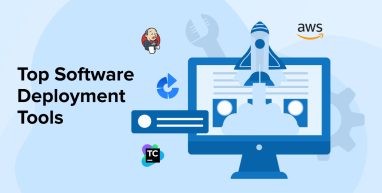
Manually installing and updating software on a large number of workstations is a time-consuming and error-prone process. Having the proper software deployment tools allows you to centrally and routinely launch, set-up, regulate, and configure software from a server or PC.
Software deployment tools are crucial due to their efficiency, competitiveness, output, and security in the custom software development process. Investing in the proper software deployment tools may have a substantial impression on the productivity and output of a business. Mentioned below are a few of them!
1. What is Software Deployment?
Users know the approach of making software accessible, which is called the software deployment process. It encompasses all the steps necessary to install software, set up, and activate the program so that it can perform all the tasks for which it was developed. Since every component of software has its own set of features and use cases, organizations must tailor the deployment process to each individual piece of software.
There are three primary aspects that comprise the overall deployment procedure:
- Examine functionality requests.
- Plan, Build and Launch.
- Deploy Software packages!
The launching phase of a deployment entails bringing the application’s integrating operations across to the target platform.
You might use manual or automatic systems to carry out the rollout. The effectiveness of automated software deployment tools has led to the replacement of human approaches.
There is currently a dizzying array of options for deploying software. Two of the most well-known are Google Cloud Platform (GCP) and Amazon Web Services (AWS).
2. Top Software Deployment Tools
Here is a list of the top tools used in software deployment that make your tasks easier and more efficient.
2.1 Bamboo

Bamboo from Atlassian is a continuous integration tool that streamlines the delivery pipeline for software and apps. It automates release management for applications and software. It integrates the processes of building, testing, and releasing automatically. Automatic app deployment to application stores like the App Store and Google Play is now possible for mobile app developers.
Pros of Bamboo:
- Simple navigation menus on the web.
- Internal storage for artifacts.
- Atlassian’s Jira and Bitbucket interaction is seamless.
Cons of Bamboo:
- Agents for additional cloud services incur an upcharge.
- Some of the themes don’t make sense with unclear integration.
- Their citations and documentation may use some work.
Key Features of Bamboo:
- Support for a wide variety of programming languages and frameworks.
- Specific construction projects are the sole attention of specialized professionals.
- We will report all planned code changes and bugs in detail.
2.2 AWS CodeDeploy
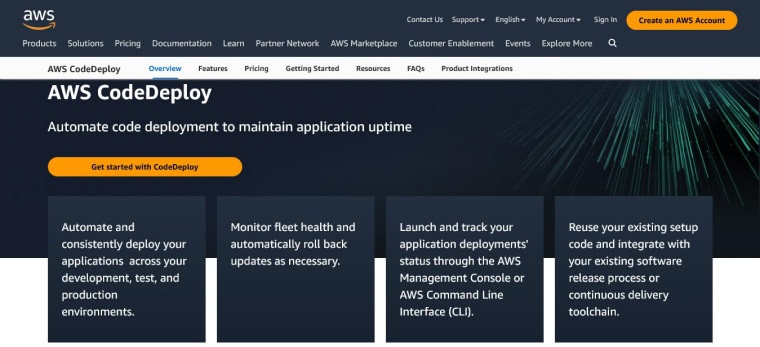
Amazon’s AWS CodeDeploy is an automated software deployment tool that makes it easier to deploy apps to any host. It’s compatible with programs of all types and languages. With AWS CodeDeploy, fresh functions can be offered more quickly, disruptions during application deployment may be minimized, and the difficulty of improving apps can be handled more effectively. When anything goes wrong, users won’t have to assume or sift across logs; instead, they can conduct tests and monitor software deployments.

Pros of AWS CodeDeploy:
- The ability to deploy code repeatedly and automatically.
- Increases the number of hooks in the software development life cycle that can be used by auto-scaling.
- During deployments, users are able to access their apps normally.
Cons of AWS CodeDeploy:
- Compared to competing deployment tools, the user interface is slow.
- Doesn’t work with GitHub in any way.
- Doesn’t work with apps that are multi-tiered.
Key Features of AWS CodeDeploy:
- Reproducible and automated rollouts.
- Centralized control.
2.3 TeamCity
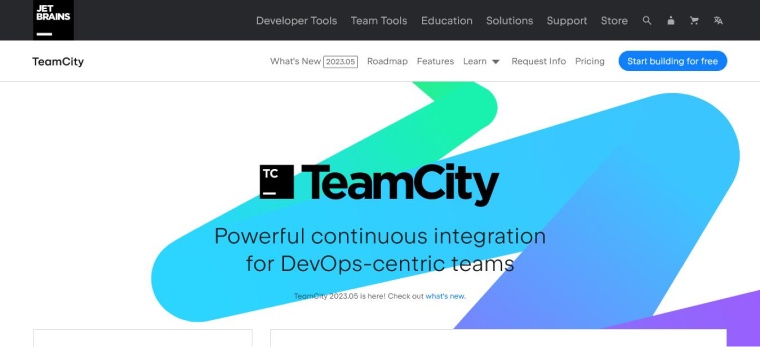
TeamCity is a server for automated software development and delivery that runs on Docker images for its servers and agents. It has several tools geared toward developers that can boost a team’s efficiency. Over a hundred premade plugins allow for the addition of new features.
Pros of TeamCity:
- Totally integrated set of revision controls.
- Modifications and additions made to the server.
Cons of TeamCity:
- The self-hosted option is not scalable.
- Tests may eat up considerable time.
- A tough challenge for newcomers.
Key Features of TeamCity:
- Start immediately after installation.
- No further plugins or alterations are required for third-party tool support.
2.4 Ansible Tower
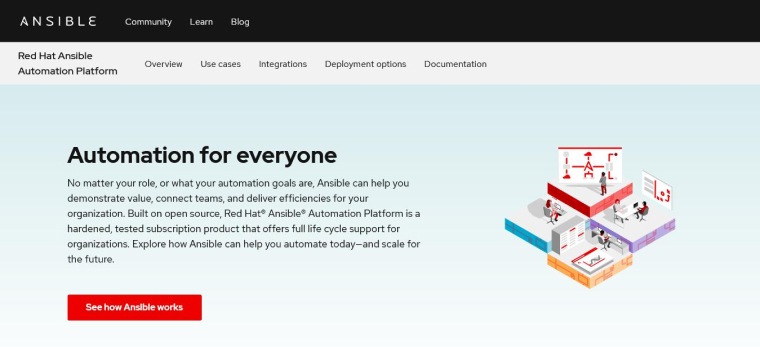
Originally known as AWX, Ansible Tower streamlines every aspect of IT management. You may use it as a basic CI for your program, or you may establish it as a center for all of your deployment and automation operations. RedHat’s solution has an easy-to-use dashboard, permissions based on roles, work scheduling, alerts, and more.
Using Ansible Tower, you can view the current state of your assignments, your automation, and what’s ahead on your to-do list in real-time. You can easily identify the problem or cause of your job’s failure. Who executed which job and when may also be shown, along with a log of all commits and modifications. Adding more nodes to the Ansible Tower cluster will boost the cluster’s capacity. You may also decide to provide particular groups access to a predetermined number of nodes and enable remote execution across different network zones.
Any third-party integration, including Slack, HipChat, PagerDuty, SMS, email, and more, may be added to increase your productivity on the job. Scheduled playbook execution, cloud inventory updates, etc., are also possible. The end of the day, for example, might be set as a scheduled backup time in Ansible Tower. Ansible allows for the remote execution of commands on any number of host machines, with full logging and monitoring capabilities.
Pros of Ansible Tower:
- Easy to master.
- Ansible Galaxy.
Cons of Ansible Tower:
- Poor user experience design for a software deployment tool.
- Absence of any Notion of State.
- Strictly Windows-only support.
- There is a lack of user experience with Ansible.
- The market for Ansible is brand new.
Key Features of Ansible Tower:
- You can easily monitor and manage all of your stock from a centralized control panel. You can quickly and effortlessly add your project from Amazon Web Services, Microsoft Azure, etc.
- Ansible’s RestAPI exposes all of Ansible’s capabilities; users do not need to be on the dashboard at all times to take advantage of Ansible Tower’s features.
- Easy cross-platform functions are now possible thanks to third-party integrations like Slack, HipChat, PagerDuty, etc.
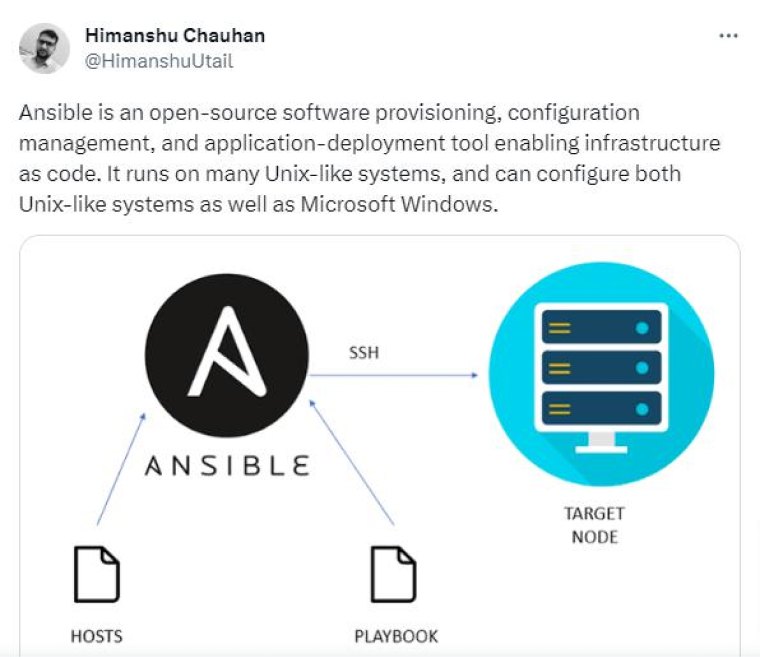
2.5 Jenkins
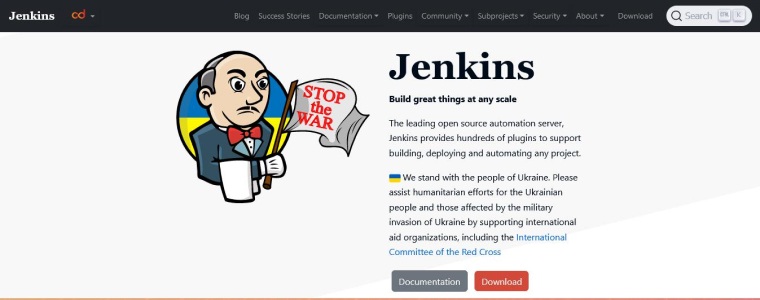
Jenkins, one of the earliest automated software deployment solutions, is now one of the most widely used. It’s free to use and has a sizable group of contributors because it’s open source. It’s a Java-based framework with more than 300 add-ons that enables software developers with creating and testing. Users of Jenkins may take use of Spectral’s integration with Jenkins security for faster scans and better protection.
Pros of Jenkins:
- When compared to other continuous integration and continuous delivery systems, installation is straightforward.
- Easy to navigate UI.
- Monitors the health of your applications and executes rolling upgrades across all of your Amazon EC2 instances based on the rules you provide.
Cons of Jenkins:
- You have to download and install many add-ons.
- When compared to competing CI/CD technologies, the user interface receives low marks.
- During deployment, unexpected problems might arise.
Key Features of Jenkins:
- You can obtain numerous extensions.
- Simple setup and operation.
- There are Windows, Mac OS X, and other Unix-like OS installation packages available.
- Simple setup and error checking are both a click away with the web interface.
3. Conclusion
Software deployment tools simplify and streamline the process of ongoing software delivery to the user market. Nevertheless, you need to think about which tool is ideal for your program and how to utilize it.
Good enough if you have substantial background utilizing such technologies for software development and deployment. If you and the other team members do not have the necessary skills, it is best to choose an outside firm that can provide experienced software development & integration services.
This is when TatvaSoft comes in handy. A wide range of talents, including DevOps and anything else that could be needed, belongs to its network of skilled developers. Send us an email detailing the basic needs of your project, and one of our executives will be returning to you to talk about how we can best assist you.


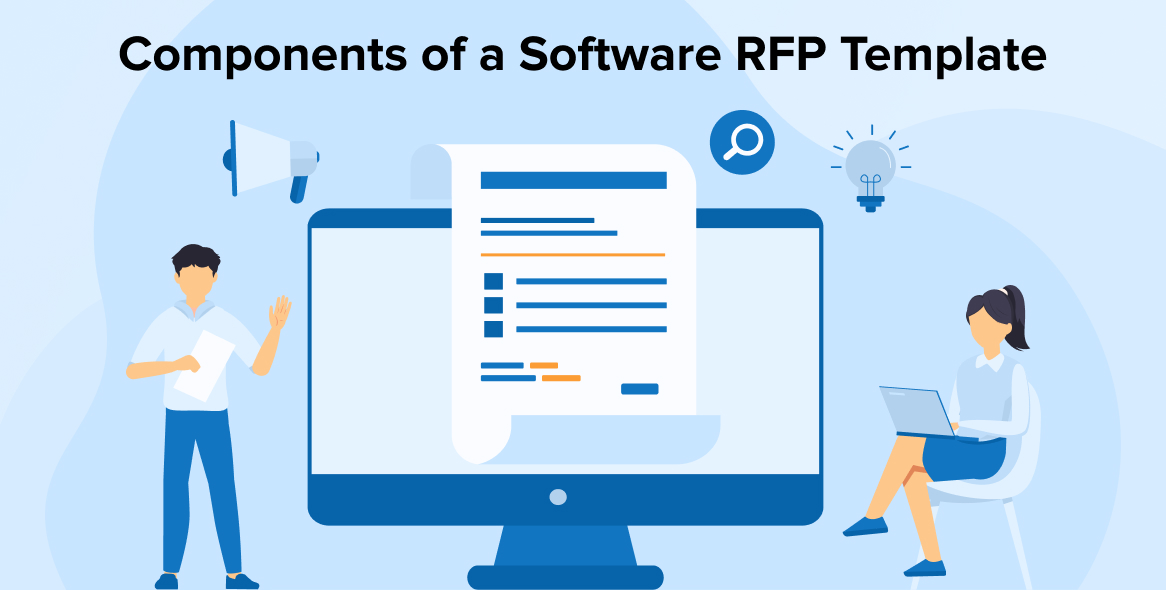



Great Article on Software deployment tools! I appreciate the comprehensive review of Bamboo, AWS CodeDeploy, TeamCity, Ansible Tower, and Jenkins. Each has its strengths and weaknesses, and it's crucial to align the tool with the specific needs of a project.